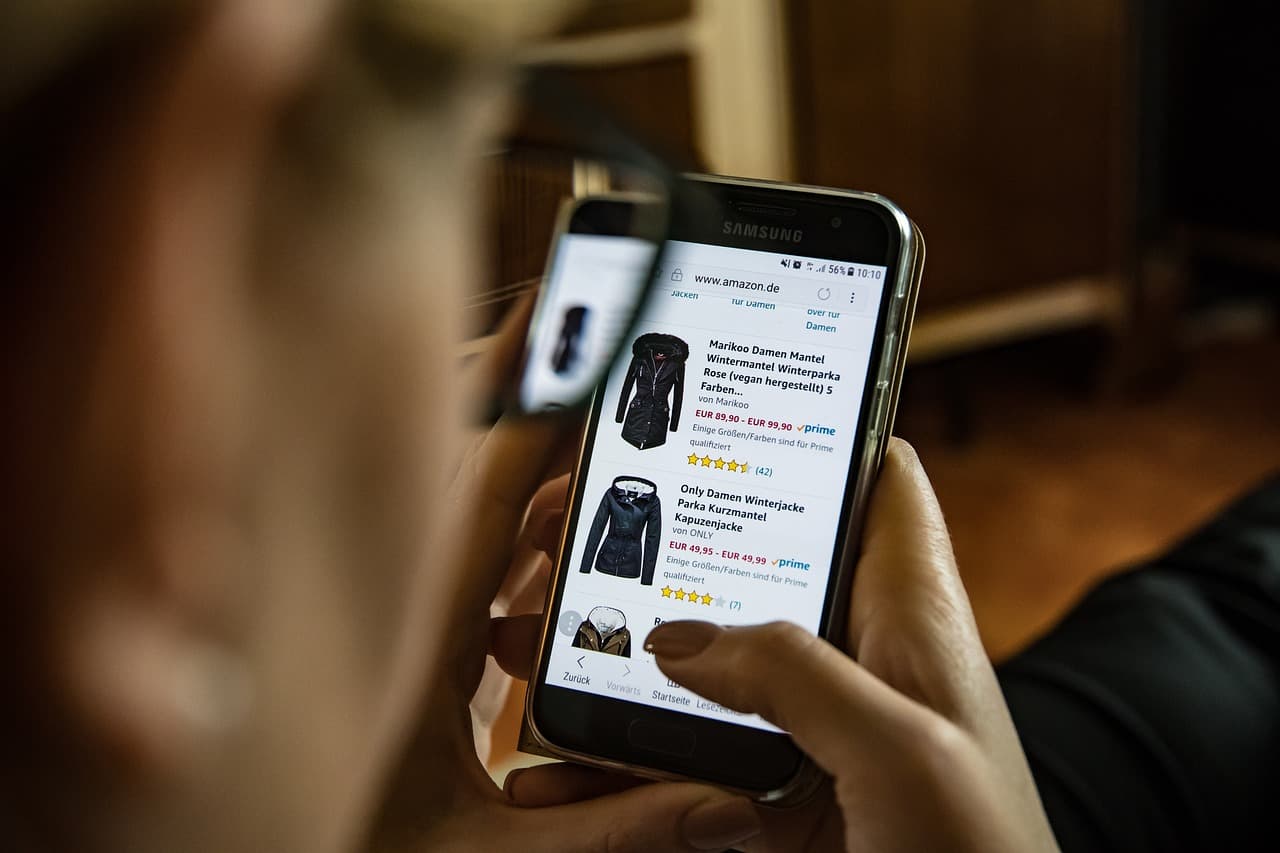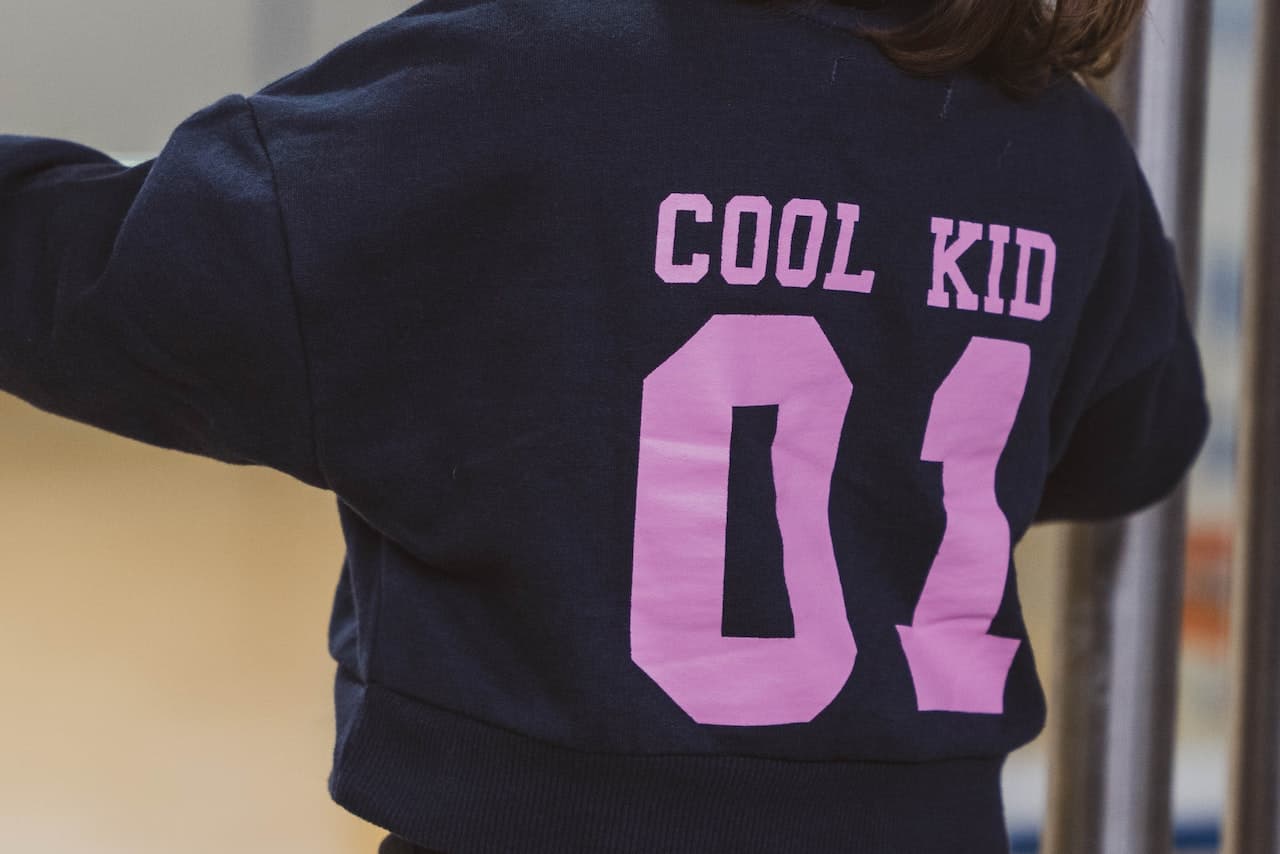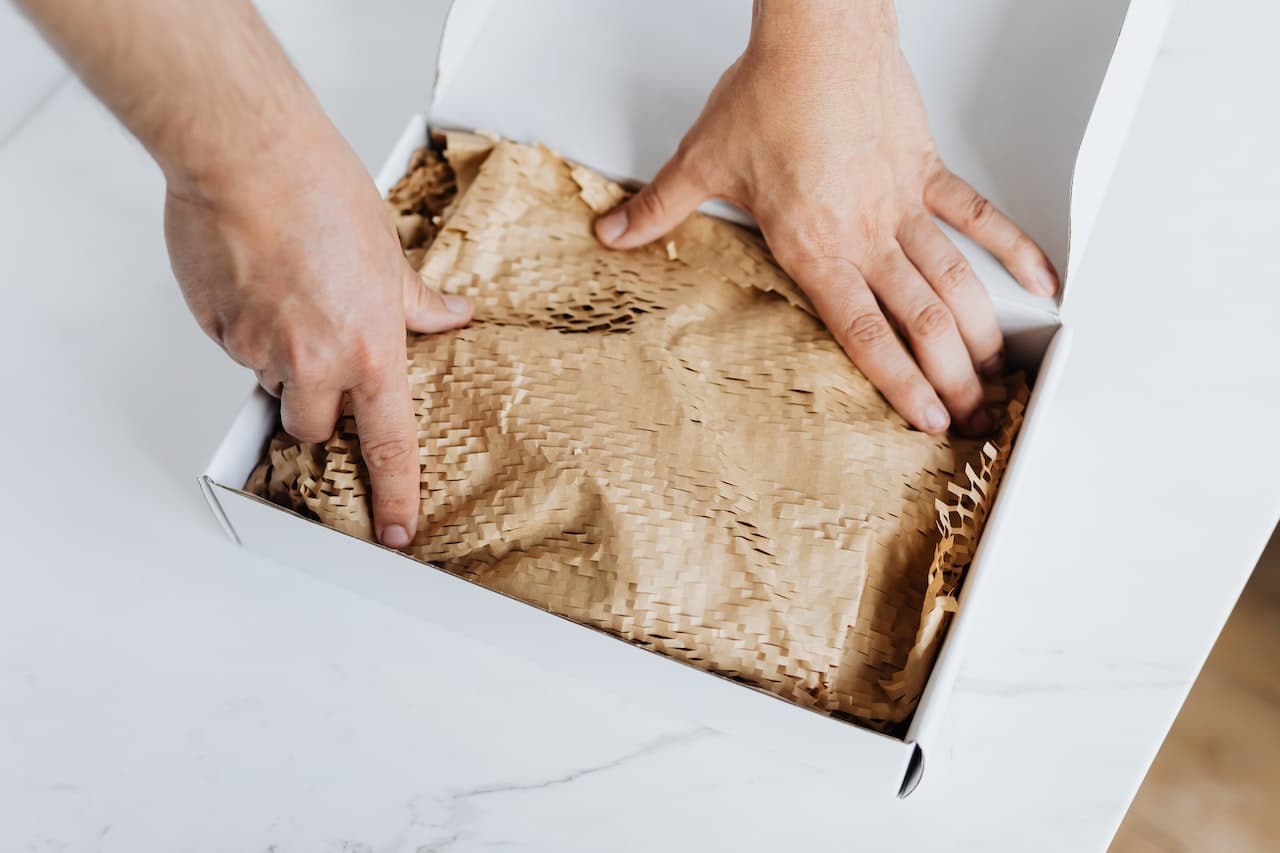Reselling Clothes Online? Learn How to Sell Old Clothes From Home

You probably have a stack of clothes you have fallen out of love with living in your closet. They may have been impulse buys (no judgment!), wrong sizes, or simply not your size or style anymore. Instead of letting them gather dust and take up space, why not turn them into cash by reselling clothes online?
You might be curious about where to sell or how to navigate the process like a pro... well, you are in the right place! If you don’t know already, you’re about to learn how to sell old clothes from home.
Reselling clothes online is now easier thanks to clothing apps and secondhand fashion platforms where you can set up shop and list your items in a matter of minutes, all from the comfort of your home. Enjoy the convenience of clearing space while making some extra cash; it also promotes sustainability and reduces the impact of fast fashion on the environment. Plus, who doesn't love a good bargain?
Before rushing to click "sell", there are some tips and tricks to keep in mind to ensure a successful selling experience. From taking appealing pictures, and pricing your clothes competitively to shipping and handling orders smoothly, this guide will cover everything you need to know.
How to Sell Old Clothes from Home

1. Set a realistic goal
Before diving into the process, take some time to think about what you want to achieve by reselling clothes online. For example, how much money do you want to make in a year? Do you want to get rid of a few pieces from your closet? Or establish a successful and sustainable side hustle? A clear and realistic goal keeps you motivated and focused on the task at hand.
Let's say you want to make an extra $3,000 a year from selling clothes online. Break it down and see how many items you need to sell per month to make $250. That means figuring out how many listings to add every week, with competitive prices to reach your goal. This will also help you manage your time and ensure you are making efficient use of it.
Tip: Don't set unrealistic expectations, as this will only lead to disappointment and demotivation.
2. Choose items that people want
When deciding what to sell, consider the current trends, season, and overall demand for certain items. The target market is usually people looking for bargains and unique pieces, so be mindful of that when selecting your items. This could mean letting go of clothes even if they hold sentimental value to you, as long as they meet the criteria for a successful sale.
Also, source your items based on the current trend and the price you are paying for them. Remember, you want to sell your items at a competitive price that still makes a profit for you. Selling designer clothes second-hand is one of the higher-demand niches. Trendy clothes on social media platforms and street-style looks are good indicators of what's trending and in demand. If your items are in tune with this, it is more likely you will make a sale.
It is very difficult to sell a piece that is out of style (such as a peplum top) unless it's a vintage or unique piece. So, be mindful of the market demand and adapt your selling strategy accordingly.
Tip: Keep an eye on popular fashion influencers or social media accounts to get an idea of what is trending and what people are looking for.
3. Finding the right platform for your items
Not all platforms are created equal. Some are better suited for certain items or target markets, while others have different selling fees or shipping options. Also, some require that you take pictures and provide detailed descriptions of your items, while others do that for you. It's important to research and compare different platforms to find the best fit for your needs.
For example, if you have to sell vintage or rare pieces, GiveRise lets you sell these items exclusively. The platform is popular because there are no listing fees, selling fees, or account fees. Instead, users choose to donate a percentage of sales to a charitable cause, while the rest goes directly to your account.
Tip: Different platforms have different advantages and limitations, see what works best for you and choose accordingly.

4. Take appealing pictures
Visuals sell - this applies even more so when selling clothes online. A good picture can make or break a sale, so make the photos count! You may have a great description and price for your item, but if the picture is not appealing or does not show the details of the clothes well, potential buyers will scroll past it without giving it a second thought. Think about what would make you interested in buying the item if you were the buyer.
Invest some time in taking good pictures. Make sure to show the item from different angles and provide close-ups of details like fabric, buttons, or any unique features. Also, use natural lighting if possible and try to have a neutral background that doesn't take attention away from the clothes.
For clothes that are suitable for styling or accessorizing, try to model them (more on that later) before taking pictures. This will help potential buyers envision how the clothes look on a person and help them visualize themselves wearing them and also how they can match them on different outfits. That can inspire potential buyers and could increase the chances of making a sale.
Tip: Use a good-quality camera or smartphone and be creative with your photos. Capture at least 5 shots of every item - the front, back, side, close-up detail, and styled outfit inspiration.
5. Price your clothes competitively
Choosing the right price is crucial when reselling clothes online. Remember, you are competing with other sellers. That means you have to stay competitive and attract buyers without undervaluing your items or setting them at an unreasonable price. You can always donate, recycle, or upcycle items that aren't in great condition or are not selling well, instead of lowering their price too much. This is also a great way to give back and be environmentally conscious.
The following question should guide how you price your items:
- How much did I pay for the item when I purchased it originally?
- What is the current market value for this item?
- How much are taxes and shipping costs?
- How much are similar items being sold for on the same platform?
- How much profit do I want to make?
- How much are buyers willing to pay for this item?
Expert clothing resellers recommend pricing pre-loved items at a great price-to-quality ratio. Typically, secondhand fashion sells for around 25% to 40% of their original retail price, although this depends on the brand, condition, and demand for the item. If you have a rare or designer piece in excellent condition, it can go for a higher price.
Tip: Price to sell, but avoid setting prices too low. Remember, you want to make a profit and avoid wasting time on items that won't generate enough revenue.
6. Prepare your used clothes for sale
Take the time to present your items in the best possible condition. It will increase your chances of selling because nobody wants to buy a stained or wrinkled item, no matter how great the design is. Preparing the items ensures that buyers get items that match their expectations and can also help increase positive reviews and boost your reputation as a seller.
Here are some quick tips on how to prepare your clothes for sale:
- Wash or dry clean your items, paying attention to areas like the underarms, neckline, and cuffs that tend to get stained easily.
- Inspect for any damages, such as holes, missing buttons, or loose threads. Make any necessary repairs before listing the item for sale.
- Iron or steam your items to remove wrinkles and give them a neat appearance.
- Take high-quality photos of your items, showcasing their best features and accurately representing their condition.
- Provide detailed descriptions of the items, including sizes, materials, and any additional information that buyers may need to know.
- If your item has a stain that cannot be removed, make sure to disclose it in the description. Honesty is key to maintaining a good reputation as a seller.
- Consider bundling similar items together to offer a better deal for buyers and increase the value of your sale.

7. Provide accurate and detailed descriptions
Along with good pictures, detailed and accurate descriptions are key in selling your clothes online. Be honest about the condition of the item - any flaws or wear should be mentioned to avoid negative reviews from buyers. Use descriptive keywords in your titles, such as the brand name, size, colour, and style. This will make it easier for buyers to find your item when searching for specific pieces.
Include measurements of the clothes, especially if they are vintage or from international brands that may have different sizing. This will prevent any misunderstanding or returns due to sizing issues. Also, mention any unique features or materials of the item that may make it more appealing to potential buyers. For example, if a dress is made of 100% silk or has intricate embroidery.
Tip: Put yourself in the buyer's shoes and think about what information you would want to know before purchasing an item. Use that as a guide when writing descriptions.
8. Learn the etiquette and tricks of the trade
Different platforms have different rules, pure and simple! But there are some widely accepted tips for becoming a top-rated seller. For example, on some platforms, it is considered rude to send a buyer a private message after they have made an offer or purchased an item. On others, it is encouraged to communicate with buyers and answer any questions they may have about the item. It's essential to do your research and familiarize yourself with the platform's rules and expectations.
Another tip is to be responsive and polite when communicating with buyers. Respond to questions and inquiries timely and always maintain a professional attitude. This can help build trust with potential buyers and increase your chances of making a sale.
Additionally, consider using promotional tactics such as offering discounts or bundling items together to increase the value for buyers. Keep track of popular trends and styles to know what items are in demand and which ones may not be worth selling. And lastly, don't forget to stay organized and keep track of your sales, profits, and inventory.

9. Shipping and handling
Once you have made a sale, it's time to ship the item to the buyer. Every platform has its unique shipping process, but generally, it involves packing the item in a box you already have and attaching the shipping label that the platform sends you via email. Afterward, you can drop the package off at the designated shipping location or schedule a pick-up.
It's essential to carefully package the item to avoid any damages during transit. Use appropriate packaging materials and secure the item inside the box, especially if it is fragile. You can also consider adding a personalized thank-you note or extra gift to make the buyer feel appreciated.
Tip: Consider offering different shipping options for buyers, such as expedited shipping or free shipping for orders over a certain amount. This can make your listings more attractive and increase sales.
10. Handling returns and refunds
Despite your best efforts, there may be instances where buyers want to return an item or request a refund. It's important to have a clear return policy in place and communicate it clearly to buyers before they make a purchase. This can include conditions for returns, such as the item being in its original condition with tags attached and a time frame for returns.
In case of a return or refund request, handle it professionally and promptly. Be understanding and open to finding a resolution that works for both parties. Remember, good customer service can lead to positive reviews and repeat buyers in the future.
Tip: Consider offering a return policy with a restocking fee to deter buyers from making frivolous returns. This can also help cover the cost of processing returns and relisting the item.
Final Thought
GiveRise is a great platform that allows you to make a real difference in the world by selling your clothes while supporting a charitable cause. We are driven by our mission to promote sustainability, reduce clothing waste, and help those in need.
In addition to being a socially responsible platform, we also offer convenience and ease of use. Our user-friendly website allows you to easily list and manage your items for sale. And with our collaboration with reputable charities, you can rest assured that your donations will make a meaningful impact.
So why wait? Start decluttering your closet, making some extra cash, and helping others in the process. Follow the tips and tricks outlined in this guide to become a successful seller on GiveRise.
